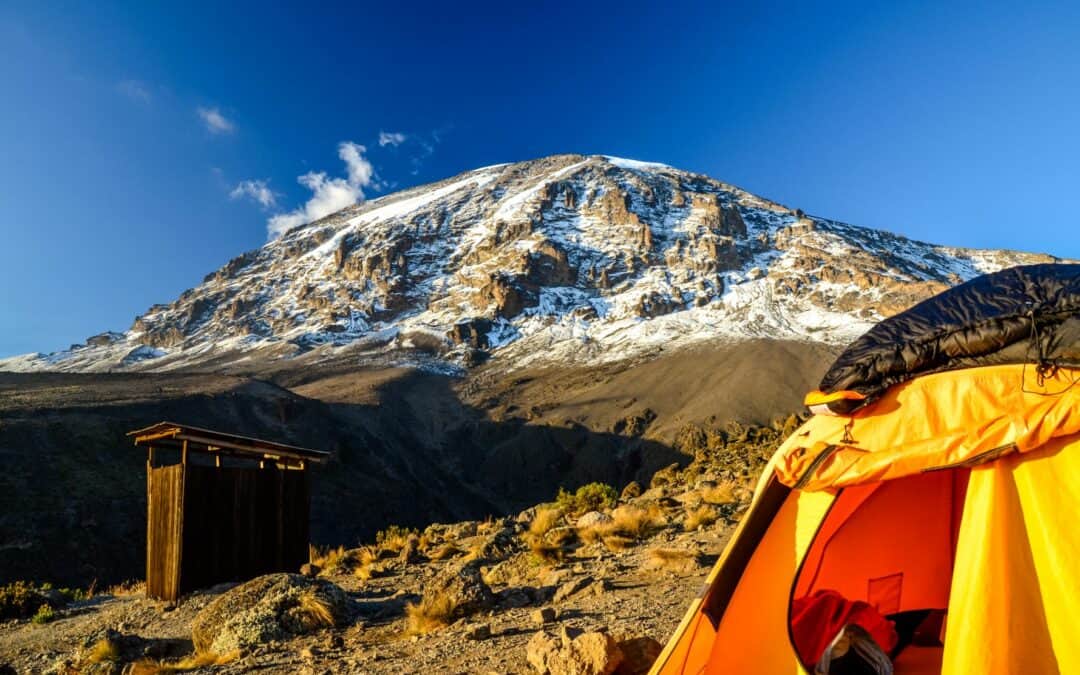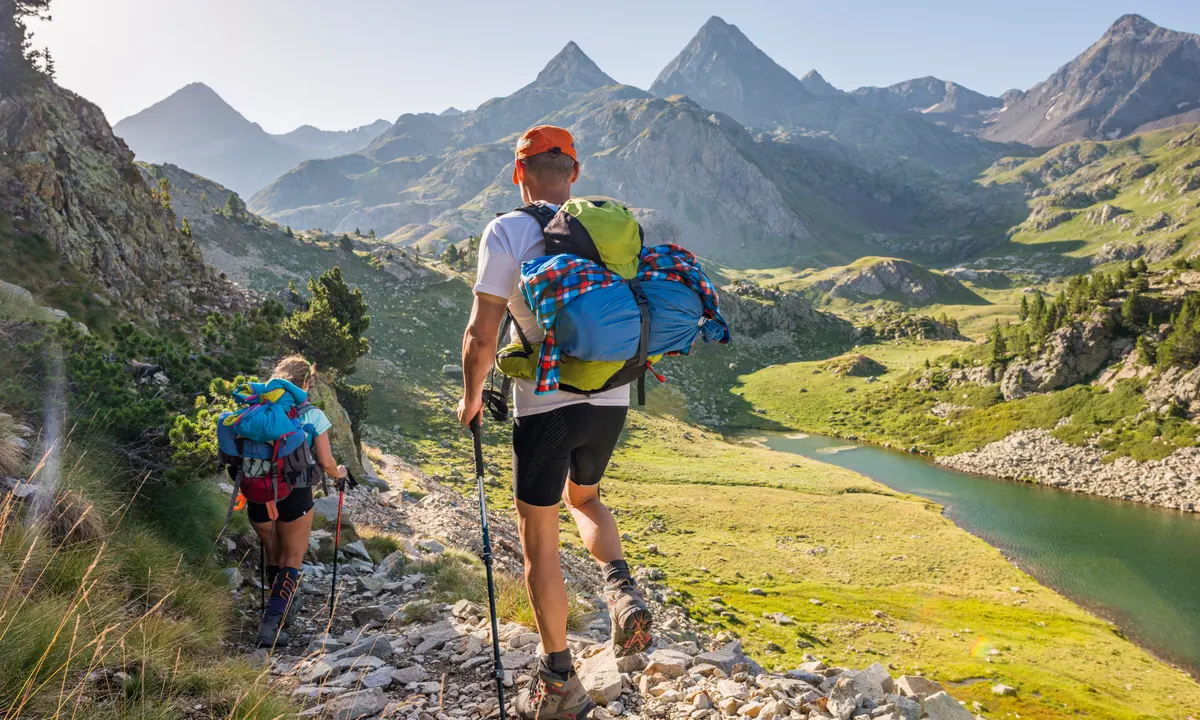Mount Kilimanjaro in Tanzania, is with 5,895 meters the highest peak in Africa and fitly named the Roof of Africa. Climbing Mount Kilimanjaro is a thrilling and challenging adventure that needs careful preparation. Enhance the likelihood of reaching the summit successfully with these vital tips. In this article, we will delve into key aspects of preparing for your Kilimanjaro expedition.
Physical Fitness: The Foundation of Your Climb
Physical fitness is crucial when climbing Mount Kilimanjaro. Start your training at least three months before your adventure, and incorporate cardiovascular activities like hiking and running, strength training for muscle endurance, and flexibility exercises. Focus on building stamina and strengthen your legs, which will be your most crucial assets during your climb.
Invest in Quality Gear
Selecting the right quality gear is essential for a safe and comfortable journey up Mount Kilimanjaro. The most important items are a good pair of hiking boots, a comfortable and practical backpack, a warm and high-quality sleeping bag, an waterproof jacket, and moisture-wicking clothes. Additionally, pack practical essentials like a reliable headlamp, first aid kit, and trekking poles.
Hydration and Nutrition: Fuel Your Climb
Hydration is key to avoid altitude sickness on any mountain trek, so drink water consistently throughout your climb and always keep your water bottle handy. In the lead-up to your climb, maintain a balanced diet rich in high-energy foods. During the climb, eat frequent, small meals to provide your body with a steady energy supply.
Mental Strength: A Key Element of Preparation
The heights and unpredictable weather patterns of Mount Kilimanjaro present challenges to the mental strength of any climber. To successfully navigate these challenges, like fatigue from the ascent or the effects of altitude sickness, it’s crucial to strengthen your mental well-being. To achieve this, incorporate mental strengthening techniques, such as mindfulness and stress management, into your preparation routine. These practices will help you to cultivate a strong mindset, enables you to maintain focussed and determined, and increases your chances of a triumphant summit.
Acclimatization to Altitude
Altitude sickness is a common issue for climbers. To increase your chances on success while ensuring your safety, be sure to choose a route that makes it easy to acclimatize. Ascending slowly gives your body time to adapt to changing oxygen levels. Stay vigilant for symptoms like headaches, shortness of breath, and nausea, and act responsively if any of the symptoms might occur.
Prioritize Safety
Your safety should be your top concern during your climb. Familiarize yourself with emergency procedures, maintain open communication with your guide and fellow climbers, and be ready to assist them when they need you. If you experience severe difficulties, it’s imperative to descend to lower altitudes immediately.
In conclusion, achieving success on Kilimanjaro requires comprehensive preparation, both physically and mentally. Rely on the expertise of a reputable tour guide who can guide you through all aspects of training for climbing Kilimanjaro. When you prepare well, you will increase your chances on conquering the Roof of Africa dramatically, being able to create lifetime memories. It is imperative to remember: Mount Kilimanjaro is not just a mountain. It is an adventure waiting for you.




